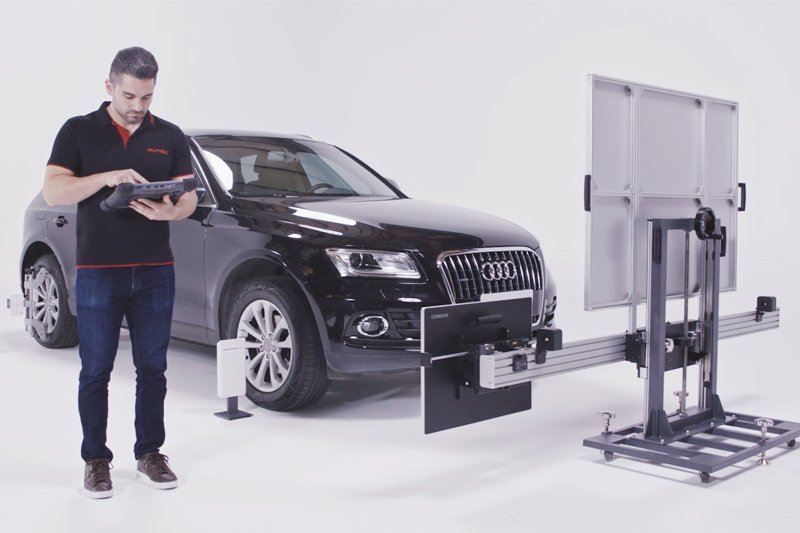What Is Car Diagnostics?
Car diagnostics can be used to identify the problem with the car. This includes analyzing all kinds of vehicle equipment. However, it is more commonly used to refer to electronic-controlled vehicles. During the diagnostic process your car's fuel supply as well as air filters and sensors are inspected to determine if something is wrong. Your car's engine management software will search for codes that match different components.
Check engine light
The Check engine light is a sign that your car has problems. The light may blink or remain on for a long time. It doesn't matter what the cause is, it's essential to get your car checked by an experienced mechanic. If you do not address the issue you could end up damaging the car's emission control system and that includes the catalytic converter in your car.
To figure out the cause of the check engine light, you need to understand how cars operate. Cars are equipped with computers that communicate with their driver via icons. The engine-shaped orange icon within the instrument cluster comes on when a problem is discovered by the computer onboard. These problems can vary from a simple overheating issue to something more serious.
A check engine light is an indication that there is a problem in the car's emissions control system. This is a sign there is an issue with the car's emission control system. It could make it unsafe to drive. If the problem isn't addressed promptly, it could cause more damage to your car and require more costly repairs. Although the check engine light should not be ignored, it is still dangerous to drive.
If you're unsure what the problem is then you can purchase an OBD-II scanner to determine the cause. The scanners can range from to $100 and can give you an idea of what's wrong with your vehicle. They can also help you decide what to do , according to the severity of the problem. In the meantime, don't be worried when your car's check engine light comes on - keep calm, listen to the symptoms in your car, and ensure you make a stop as soon as you can.
Oxygen sensor tests
There are two primary ways to test the oxygen sensors in your car. To test the voltage of your oxygen sensor first make use of an OBD2 scanner. If the sensor functions correctly, the voltage will fluctuate from lean to rich at a steady speed. The voltage should range from 0.1 to 0.9 voltage. If it fluctuates, it is probably a problem with the oxygen sensor.
The oxygen sensor is working properly if the readings remain constant. It should be within the range of 100mV to 900mV. If it falls below this range, it's a sign of an issue. If the readings are higher than this range, it is likely that the sensor is malfunctioning. Next, disconnect the hose from your PVS valve. This will allow an abundance of air to be able to enter your engine.
linked webpage is a great method of determining the voltage of the O2 sensor of your car. You will need to use an excellent voltmeter. This is because the voltage from your car's o2 sensor should be between one millivolt and one volt.
A multimeter can be used to verify the voltage, if not sure. The multimeter will show you the readings from both downstream and upstream oxygen sensors. Before you test your multimeter, warm your vehicle. The voltage of your digital multimeter can rapidly fluctuate between 0.01 volt and 1.01 volt when it is warm. The oxygen sensor might be malfunctioning if the readings don't remain within this range.
Diagnostics costs
There are many factors that affect the final cost of car diagnostics. While the majority of issues are straightforward complicated issues can be costly. For example, you may find that you have to replace certain parts of your engine. If this is the case, consider getting a second opinion. Keep in mind that some auto repair shops will charge you more for diagnostic tests. Beware of being scammed by choosing a reputable auto shop with a good reputation.
You can also purchase an online auto diagnostic instrument for as little as $25. These tools are similar to the ones used by mechanics or auto parts shops. These tools will help you pinpoint the issue before you take it to the mechanic.
The cost of diagnostic tests range between $88 and $111 for general diagnosis. If the problem is more complicated the shop may need to wait longer and money to finish the diagnosis. These additional costs are usually lower than the total cost for repair. These are just the beginning of the cost.
While the cost of a diagnostic examination could be higher than other repairs It's important to remember that you are making a lifelong investment in your vehicle. Diagnostic tests for cars can help you pinpoint an issue before it becomes an expensive expense.
A sign of a problem the car system

The electrical system controls the lights and is among the most important components in the automobile. The lights protect drivers and illuminate the interior particularly at night. If your lights suddenly stop working or become dim they could be a sign of an issue with your electrical system. This could be a sign of a problem with the belt of the alternator or an aging battery.
